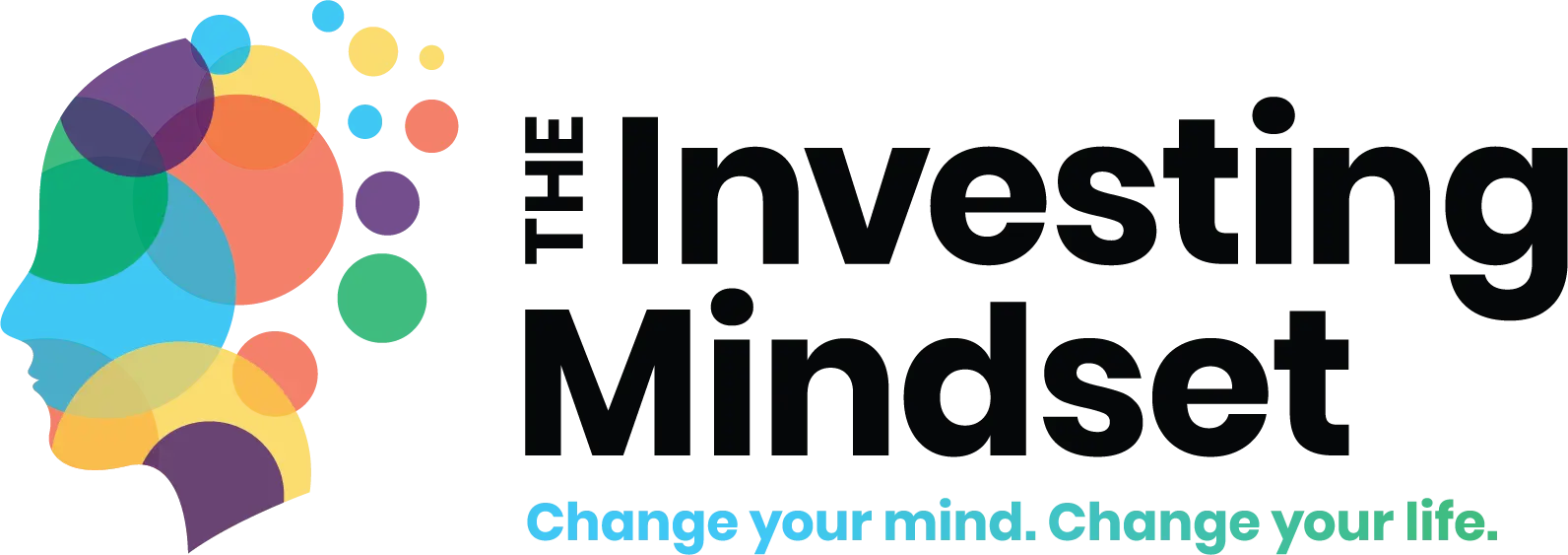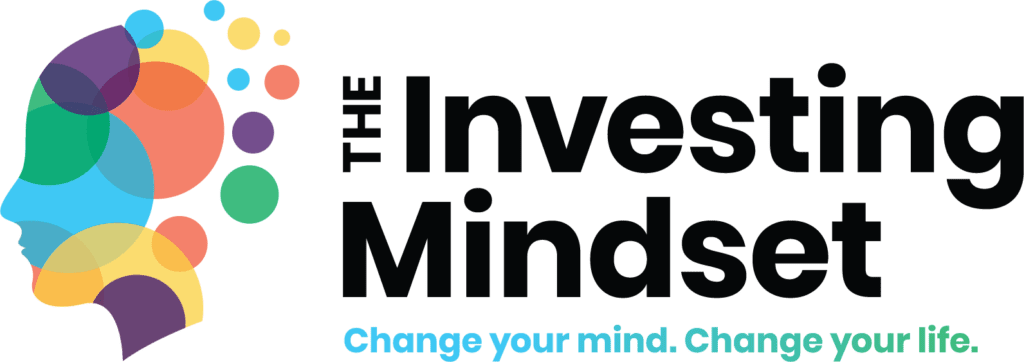When you hear about tariffs on the news, it can feel distant — just a headline scrolling past. But understanding how tariffs affect jobs is crucial today, because they have a way of hitting much closer to home…often where it hurts most: your paycheck.
The good news? You have more control over your financial future than you might think.
Here’s the reality: Tariffs raise the cost of imported goods, making it harder for businesses to keep prices low. Some companies slow down operations, cut hours, freeze new hiring, or even lay off workers to cope with rising expenses. It’s not just factories or big corporations feeling the pressure — it’s retail clerks, warehouse workers, truck drivers, and even IT support teams.
If you’re wondering how tariffs affect jobs across different industries, the answer depends on how much those industries rely on imported goods or global supply chains.
Industries most at risk include:
- Manufacturing (especially automotive, electronics, and machinery)
- Retail (especially electronics, clothing, and home goods)
- Technology (particularly hardware companies dependent on imported components)
- Logistics and transportation (carrying those now-more-expensive goods)
- Agriculture (due to retaliatory tariffs on U.S. farm products)
- Hospitality and services (as consumer spending tightens)
And the ripple effects could spread further:
- Healthcare: Equipment and supplies that rely on global parts.
- Construction: Materials like steel and lumber become more expensive, delaying projects and cutting jobs.
- Education: Budget-strapped families cutting back on private tutoring or specialty programs.
Real-world example: In 2024, a well-known home improvement retailer announced a hiring freeze and reduced staff hours, citing higher costs on imported goods like lumber and appliances. Workers found themselves scrambling for backup plans.
Sarah’s story (from earlier) isn’t rare. After tariff-related delays at her electronics store slashed her hours, she picked up weekend work delivering groceries to make ends meet.
Practical Steps: How to Build Your Safety Net Now
Step 1: Identify Skills You Can Monetize
Look at what you already know — or what you can quickly learn. Skills don’t have to be complex or expensive to pick up.
Top Side Hustles You Can Start Under $2,000:
- Freelance writing: Blogs, web copy, product descriptions.
- Virtual assistant work: Scheduling, customer service, social media help.
- Tutoring: Math, science, English, or test prep — online or locally.
- Graphic design: Logos, marketing materials, social media graphics (free tools like Canva make it easier than ever).
- Handmade products: Jewelry, art, crafts sold on Etsy or local markets.
- Pet services: Dog walking, pet sitting — low overhead and in high demand.
Step 2: Learn New Skills Cheaply and Quickly
You don’t need a four-year degree to launch a new income stream.
Here are specific skills you can acquire online or through a low-cost correspondence course:
|
Skill |
Where to Learn |
Approximate Cost |
|
Social Media Management |
Coursera, Udemy |
$100–$500 |
|
Bookkeeping |
NACPB courses, local community colleges |
$500–$1,000 |
|
Coding (basic web development) |
FreeCodeCamp, Udemy, Codecademy |
$0–$500 |
|
Copywriting |
AWAI courses, online bootcamps |
$200–$1,000 |
|
Digital Marketing (Google Ads, SEO) |
Google Skillshop, LinkedIn Learning |
$0–$500 |
|
Handmade Crafts (jewelry making, candle making) |
Local workshops, Skillshare |
$100–$400 |
Step 3: Start Small, Scale Smart
You don’t have to quit your job to begin. Start evenings or weekends. As your side hustle grows, you can choose whether to expand it into a full-time venture.
Your Action Plan: Take Charge Today
- Pick one skill that interests you and fits your schedule.
- Commit to a course or program — schedule it like an important appointment.
- Set up a simple portfolio (even free websites like Wix or a LinkedIn profile work).
- Start offering services — reach out to friends, local businesses, or post on freelance sites like Fiverr, Upwork, or Facebook groups.
- Grow at your pace — and remember, small consistent steps build big results over time.
You have options. You are not stuck. You are not powerless.
Even when tariffs disrupt industries and the economy shifts, knowing how tariffs affect jobs and taking steps to future-proof your income ensures you stay in control of your financial destiny.
Start now, and a year from today, you’ll be glad you did.


